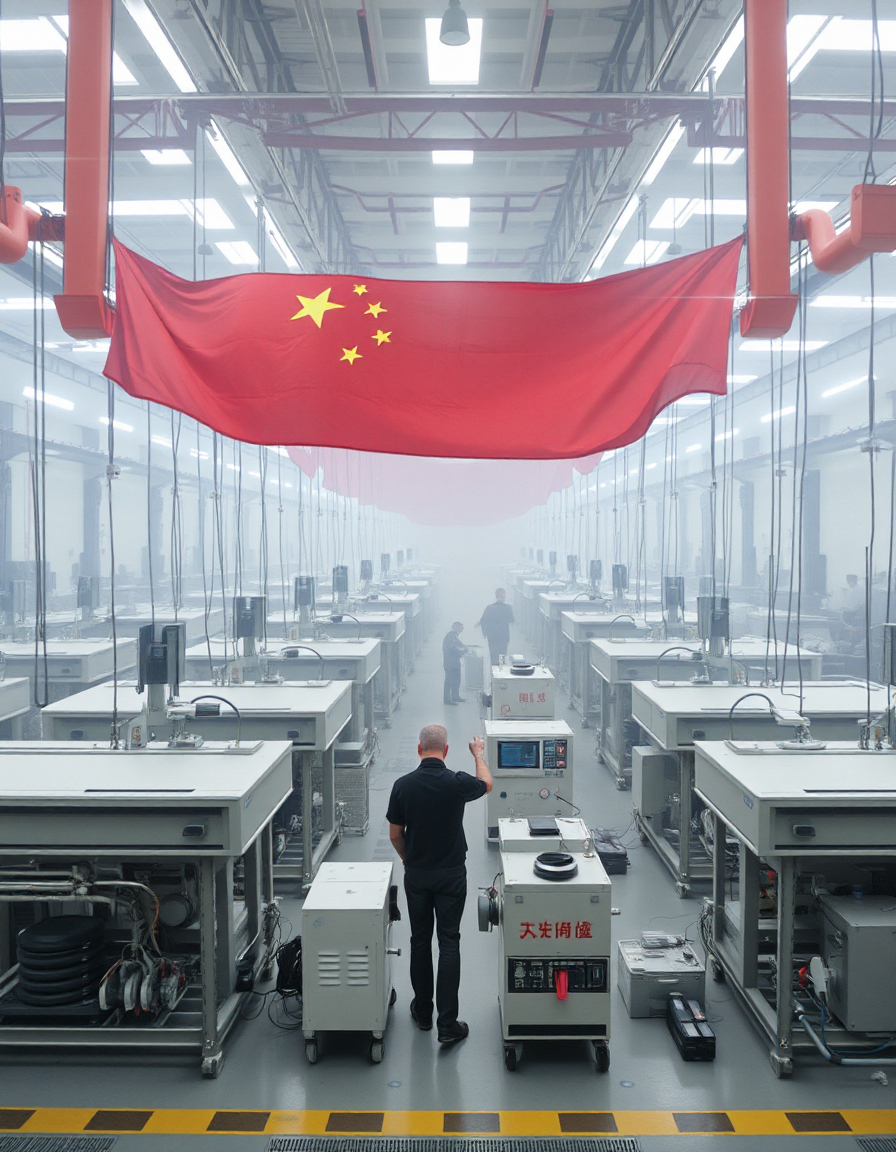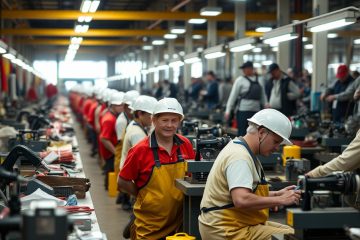“US vs China” or “China vs China” in AI Race?

AI Landscape: China Is Not Competing, It Is Converting
Introduction
The global media still frames artificial intelligence as a race between the United States and China. But that view is outdated. While the US focuses on export controls and semiconductor policy, China is pushing AI deep into every part of its society.
This is not about keeping up. It is about redefining the game. The US sees a rival. China sees a transformation already in progress.
The US Focuses on Competition, China Focuses on Conversion
US Strategy
- Export bans on advanced AI chips
- Investment in domestic semiconductor production
- Defense of intellectual property and AI talent
China Strategy
Since the 2017 launch of its New Generation Artificial Intelligence Development Plan, China has turned inward. It is embedding AI across national infrastructure including:
- Healthcare
- Education
- Manufacturing
- Logistics
- Governance
- Surveillance
Real World Integration: AI Across China
1. Fully Automated Factories
China leads in dark factories where no human workers are needed.
- Changying Precision in Guangdong reduced its staff from 650 to 60
- Productivity increased by 250 percent
- Midea Group adopted AI and digital twins and eliminated thousands of jobs
This is not experimental. These are fully operational global suppliers.
2. AI Logistics and Warehousing
- JD dot com runs smart warehouses with AI robots managing inventory and shipping
- Cainiao under Alibaba uses AI to automate shipping logistics and operate delivery vehicles
Human labor in logistics is being replaced rapidly.
3. Smart Governance and Surveillance
- Projects like Skynet and Sharp Eyes use AI for facial recognition and behavioral tracking
- Over 500 million cameras are integrated with AI systems
- These systems enforce rules, monitor public behavior, and link to China’s social credit system
This is AI used for real-time governance, not consumer convenience.
4. AI in Healthcare
- AI tools like iFlytek Medical Assistant and Ping An Good Doctor provide diagnosis and treatment
- These systems fill gaps in rural areas and reduce demand for human doctors
Access improves, but junior medical roles are declining.
5. AI in Education
- Platforms like Squirrel AI personalize learning in real time
- Many classrooms now operate with minimal teacher involvement
After the 2021 crackdown on private tutoring, AI-led education is growing while teacher jobs are shrinking.
6. Autonomous Vehicles and Public Transport
- Baidu Apollo Go and Pony dot ai run fully driverless taxis in cities like Beijing and Shanghai
- Millions of rides have already been completed
These are not pilot programs. They are real services replacing human drivers.
7. AI Courts and Legal Systems
- Smart Courts in cities like Hangzhou use AI to assess evidence, generate documents, and suggest rulings
- Millions of civil cases have been processed with limited human intervention
Legal clerks and assistants are being replaced by algorithms.
The Real AI Race Is Inside China
China is not racing the US. It is racing itself.
Key Trends
- Over 5000 AI startups funded between 2016 and 2021
- Programs like the AI Thousand Talents Plan are pushing innovation
- Leading companies include Baidu with ERNIE, Alibaba with Tongyi Qianwen, and firms like SenseTime and Megvii
- More than 20 companies compete in autonomous vehicles alone
China is consolidating fast and deploying even faster.
Why China Is Moving Faster
China has unique structural advantages for AI deployment:
- Centralized government that enables fast nationwide rollouts
- High public tolerance for surveillance and data collection
- Widespread trust in government technology initiatives
- A mobile-first population generating real-time data
- Alignment between government and private sector
By contrast, in the US:
- Privacy regulations slow down development
- Ethical debates delay implementation
- Fragmented governance limits scalability
Conclusion
China is not trying to catch up. It has already moved ahead.
It is not focused on beating the US. It is focused on rebuilding its economy, systems, and society with AI at the core.
While the US is stuck in competitive mode, China is already living in the AI future. This is not a race anymore. It is a new game. And China is setting the rules.
Want more AI-driven finance tips? Subscribe to our blog and stay ahead of the game!
Disclaimer: This blog article is for informational purposes only and should not be considered financial advice. Everyone’s financial situation is unique. Always consult with a qualified financial advisor or planner to assess your individual circumstances before making financial decisions



0 Comments